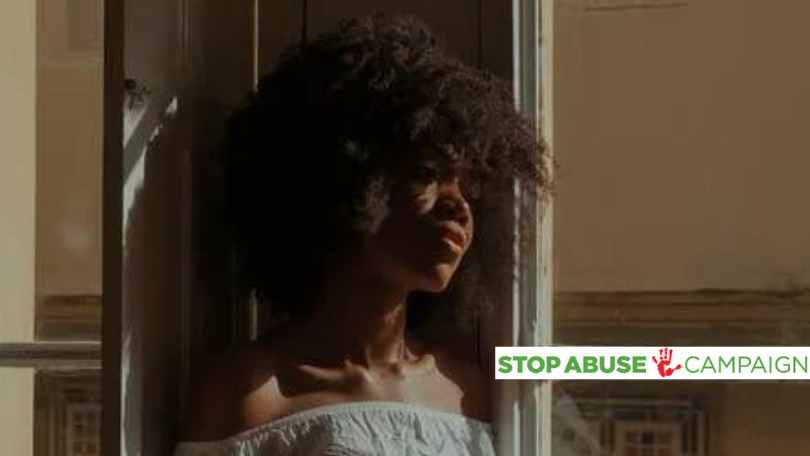Adverse Childhood Experiences, or ACEs, break down into ten categories, including Incarcerated Household Member. The ACEs are based on a groundbreaking CDC-Kaiser Permanente study, one of the largest investigations of childhood abuse and neglect and household challenges, and later-life health and well-being.
Studies on the long-term effects of childhood abuse have historically focused on one type of abuse, such as child sexual abuse, and few have scrutinized the impact of more than one type of abuse. If a household member is incarcerated, for instance, it’s possible or even likely another ACE is taking place as well, such as parental substance abuse, so it makes sense to study their effects together.
The study has shown that ACEs are common across all populations and have lasting, even deadly, consequences into adulthood.
Incarcerated Household Member ACE: Negative Effects
This ACE is pretty straightforward: a household member, often a parent, is incarcerated. If the arrest happens in front of the child, this can be especially traumatic. But a household member abruptly disappearing from a child’s life, for any reason, is considered traumatic.
If the incarcerated household member is the child’s only parent or caretaker, they will need to live with someone else. This person may be a family member or a stranger, and the child may or may not need to be adopted out, depending on if the family member loses custody. Most of the adults in the child’s life will be fixated on the incarcerated household member, and what needs to be done, and not necessarily on the child’s needs.
Depending on the crime and the publicity surrounding the arrest, it’s possible the child will be teased or bullied about the situation. If the incarcerated household member is away for a long time, these immediate effects become long-term.
Long-Term Consequences of Having an Incarcerated Household Member
According to The National Resource Center on Children and Families of the Incarcerated, approximately 2.7 million children nationwide are growing up with an incarcerated parent. These children have at least one ACE, but are likely to have more than one. The ACE study shows a strong correlation between exposure to ACEs and adult medical problems that can lead to death. The more ACEs a child has, the greater the increase of risk later in life.
Nearly two-thirds of study participants reported at least one ACE, and one in five reported three or more. Those who experienced four or more ACE categories showed increased risk for negative outcomes like alcoholism, drug abuse, depression, suicidal tendencies, and many other diseases and behaviors that have been recognized as leading causes of death in adults.
What Can We Do?
The criminal justice system will continue to operate despite negative effects on children, but what we can do is reduce the number of arrests and find ways to support the incarcerated household member and the child.
Marijuana legalization and decriminalization and prison nurseries can help. Among the most promising initiatives that have shown highly successful results in ACE prevention are Maternal Home Visiting Programs, which we strongly support. We hope you will join us in convincing legislators to fund these programs. Subscribe to our newsletter to learn more.
For more information and other ways to help kids with incarcerated household members, contact The National Resource Center on Children and Families of the Incarcerated.
You can help make sure this never happens to another child. Learn how by subscribing to our newsletter and supporting our work. Read about the ten categories of ACEs by following our blog. Do you know your ACE score? Take the ACE test here.
Do you know your score?
Discover your ACE score and unlock a new understanding of your life. Take the test and gain insights into how your early experiences shape your well-being. Don't let your past define you – empower yourself with knowledge.

Erin Nudi
Tourism Marketing & Content Strategist
Erin does writing, editing, social media, and SEO for a marketing company, and is working on her first novel.
